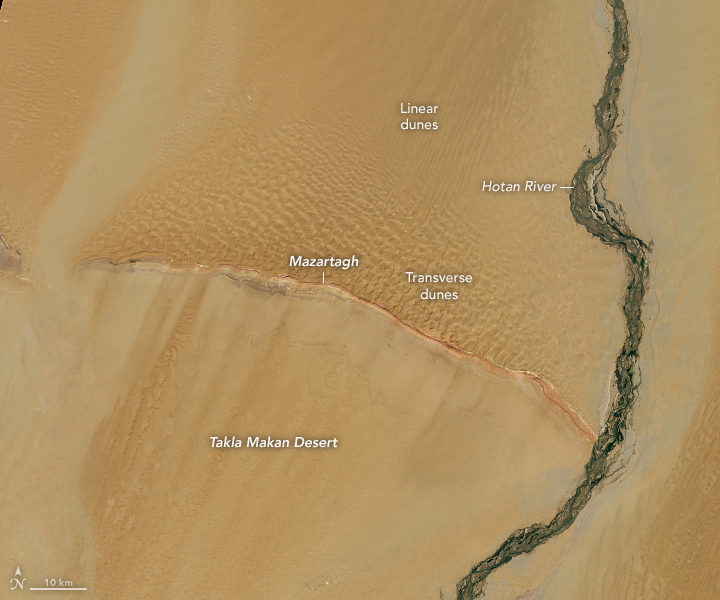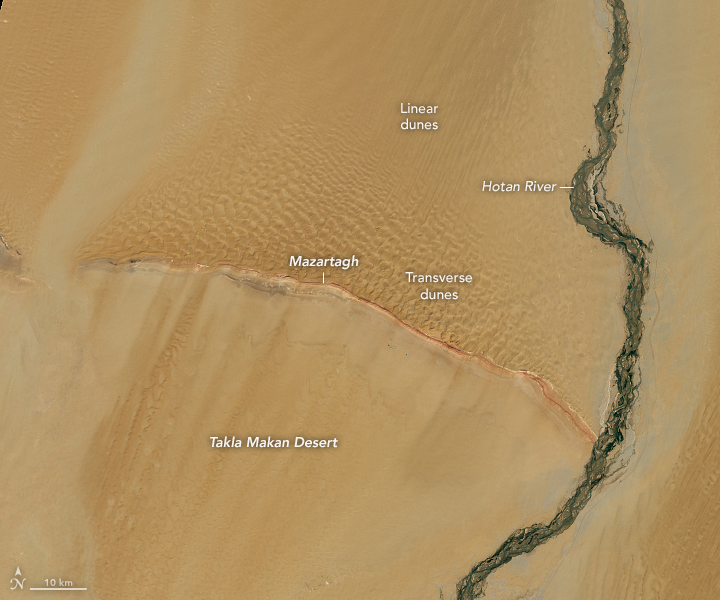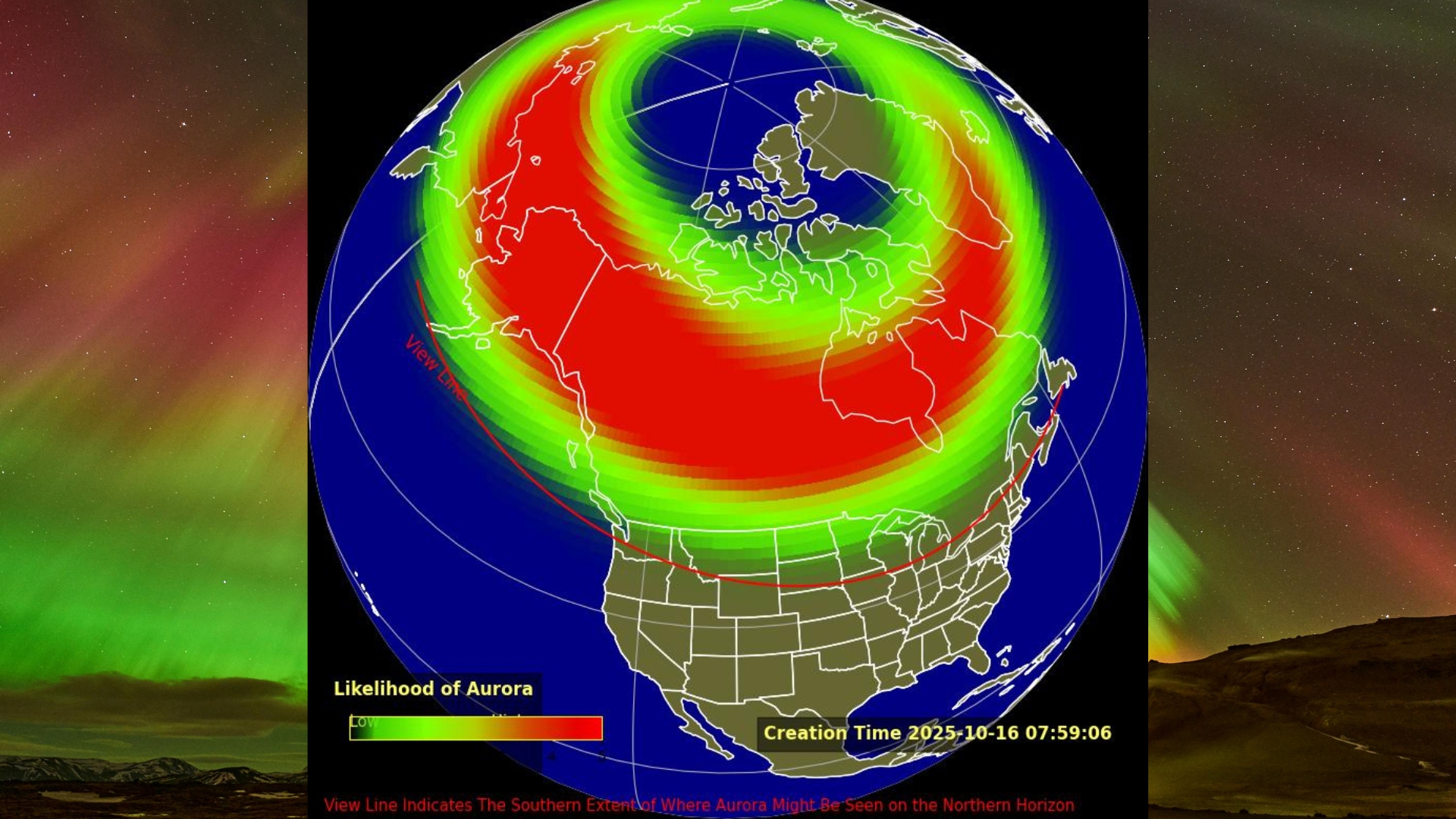Now Reading: Where the ridge meets the river | Space photo of the day for Oct. 16, 2025
-
01
Where the ridge meets the river | Space photo of the day for Oct. 16, 2025
Where the ridge meets the river | Space photo of the day for Oct. 16, 2025

Seen from space, western China’s Tarim Basin shows the importance of waterways. The image, taken by the OLI-2 (Operational Land Imager-2) instrument on the Landsat-9 satellite, captures the geological and environmental crossroads where desert winds and glacial meltwater converge.
What is it?
Launched in 2021 as part of a long legacy of Earth-observing satellites, Landsat 9 is a joint mission of NASA and the U.S. Geological Survey (USGS). The satellite is equipped with state-of-the-art sensors. It captures high-resolution images in both visible and infrared light, allowing scientists to track environmental changes across continents, from shrinking glaciers and shifting coastlines to urban expansion and desert dynamics.
In this image, Landsat 9 reveals the Mazartagh Ridge rising around 600 feet (180 meters) above the surrounding sands, acting as a natural barrier against the relentless winds that sweep China’s Takla Makan Desert.
Where is it?
This photograph was taken from 438 miles (705 km) above Earth in Landsat 9’s orbit.

Why is it amazing?
The Hotan River, a dark green thread flowing from north to south in this image, carries glacial meltwater deep into the desert until it merges with the Tarim River.
Despite flowing through one of the world’s most arid regions, the Hotan feeds ribbons of vegetation sprouting around its banks. Beyond its ability to sustain life, the Hotan’s sediments once contained nephrite jade in both white and green varieties, making the region a key stop along the historic Silk Road, where traders once exchanged jade, silk and stories of far-off lands.
Want to learn more?
You can learn more about waterways and images of Earth from space.
Stay Informed With the Latest & Most Important News
Previous Post
Next Post
-
 012024 in Review: Highlights from NASA in Silicon Valley
012024 in Review: Highlights from NASA in Silicon Valley -
 02Panasonic Leica Summilux DG 15mm f/1.7 ASPH review
02Panasonic Leica Summilux DG 15mm f/1.7 ASPH review -
 03How New NASA, India Earth Satellite NISAR Will See Earth
03How New NASA, India Earth Satellite NISAR Will See Earth -
 04And Thus Begins A New Year For Life On Earth
04And Thus Begins A New Year For Life On Earth -
 05Astronomy Activation Ambassadors: A New Era
05Astronomy Activation Ambassadors: A New Era -
06SpaceX launch surge helps set new global launch record in 2024
-
 07Space Force plans new ‘Futures Command’ amid pressure to speed up modernization
07Space Force plans new ‘Futures Command’ amid pressure to speed up modernization




















